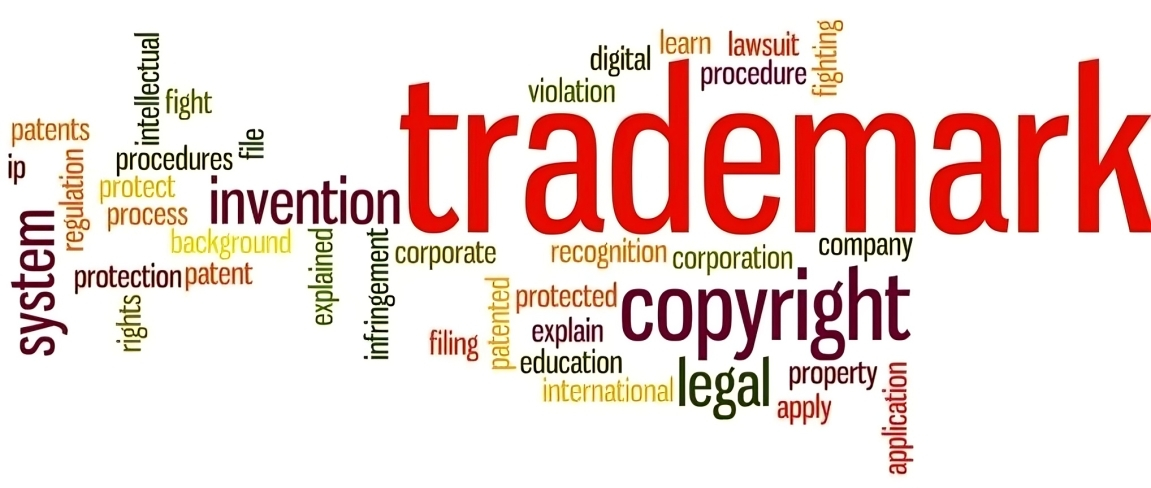
Trademark
A trademark is a symbol that can distinguish the goods or services of one company from those of other companies. Trademarks have existed for many years. In ancient times, craftsmen would sign or mark their work to prove they made it. Gradually, laws evolved to protect such symbols.
Today, trademarks are essential for businesses. They come in various forms and identify a vast range of goods and services. Companies invest significant time and money in developing their brands and trademarks.
Legal protection allows the trademark owner to control who uses it. This means businesses can develop and promote their goods and services without their reputation being undermined by counterfeiters. Also, consumers can rely on the authenticity of trademarks.

Different types of trademarks
Types of signs that can be used as trademarks include: words, letters, numbers, symbols, colors, images, three-dimensional signs such as shapes and packaging, holograms, sounds, and even tastes and smells.
To be eligible for registration, the fundamental requirement is that the trademark must be distinctive; thus, it cannot merely provide a general description of the product or service. It also cannot be identical (or very similar) to a trademark that has already been registered or used for that type of product or service.
Trademarks are not only used to identify the goods and services of a specific company. There are also collective marks, each belonging to an association and used by its members. For example, professional associations for accountants, engineers, and architects often use this type of mark.
Additionally, there are certification marks that indicate whether a product or service meets specific standards, such as environmental labels for products with lower environmental impacts.

Protection of trademarks
The best way to protect a trademark is to register it. Owners of a registered trademark have exclusive rights to control it; they can use it to identify their goods or services or license it for others to use.
To register a trademark in a jurisdiction, the applicant must submit a reproduction of the trademark along with a complete list of goods or services it applies to to the trademark office. The trademark must be distinctive enough and not conflict with any existing trademark, and it should not be misleading, deceptive, or violate public order or morals.
After the trademark is granted, the owner can file a lawsuit in the relevant national court if someone else infringes on it. Similarly, the trademark owner may face a legal challenge from a third party arguing that the trademark is too similar to their own.
A trademark is granted for a limited period (usually ten years in most countries), but it can be renewed as many times as the owner wants by paying additional fees, as long as it is still in use. Therefore, in practice, a trademark can be protected indefinitely.

National, regional and international protection
Like many IP laws, trademark protection is territorial. However, regional and international systems have been developed to make it easier to obtain trademark protection in multiple countries.
WIPO offers international registration under the Madrid System. By filing a single application, users can protect their trademark in any of the countries that are part of the system. There are also online tools that allow users to search trademark registrations and assist them in managing the renewal of their trademarks across various regions.
